
Join 10k+ people to get notified about new posts, news and tips.
Do not worry we don't spam!
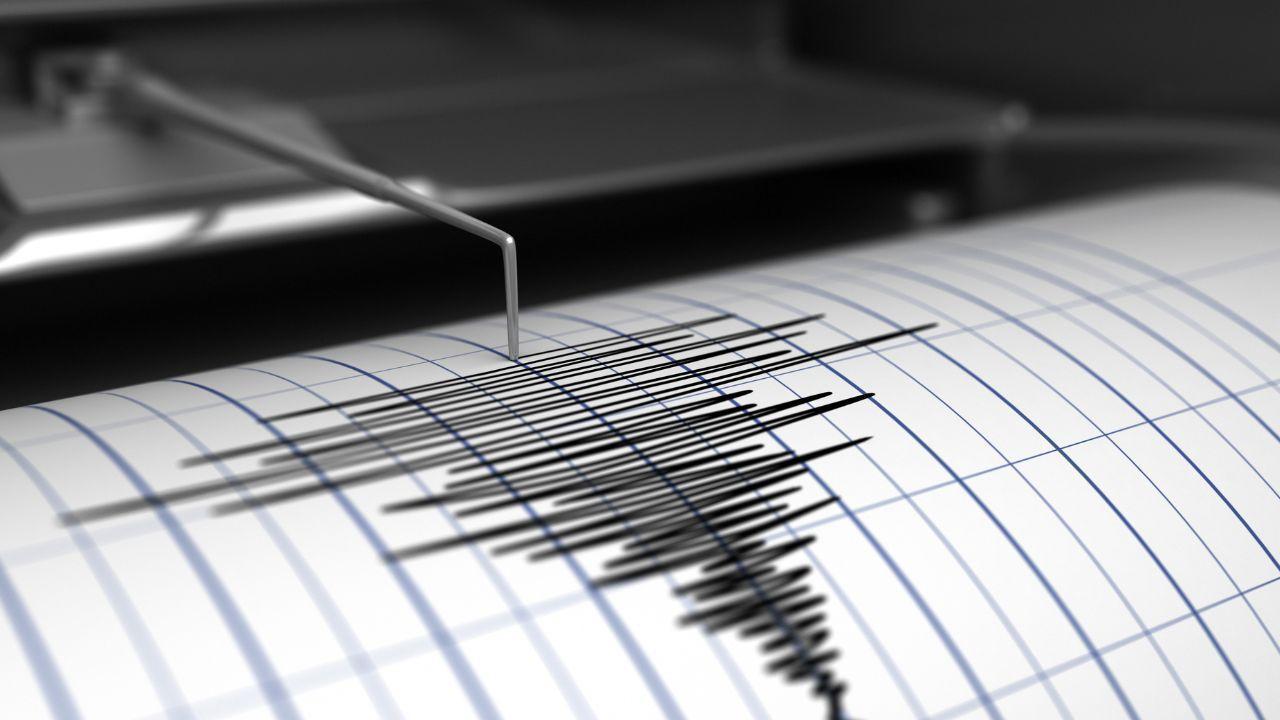
Post by : Raman
On Saturday, a 7.4-magnitude earthquake struck off the coast of Russia’s Kamchatka region, shaking homes, rattling nerves, and raising immediate fears of a tsunami. The United States Geological Survey (USGS) confirmed the earthquake’s strength, location, and depth, giving people around the world yet another reminder of how unpredictable and powerful nature can be.
The quake was recorded 111 kilometres east of Petropavlovsk-Kamchatsky, the main city in the Kamchatka region, at a depth of 39.5 kilometres below the Earth’s surface. At first, the USGS listed the quake as 7.5 magnitude, but later adjusted it slightly to 7.4.
Although the quake was very strong, there was no significant damage reported, and most importantly, there was no tsunami threat, according to the Pacific Tsunami Warning Centre (PTWC).
The Kamchatka region lies on the Pacific Ring of Fire, one of the most geologically active areas in the world. This “Ring of Fire” stretches around the Pacific Ocean, covering countries like Japan, Indonesia, Chile, and the west coast of the United States. It is home to hundreds of active volcanoes and is responsible for nearly 90% of the world’s earthquakes.
Kamchatka itself has a long history of earthquakes and volcanic eruptions. Local residents are used to occasional tremors, but quakes above magnitude 7 always cause serious concern. Such powerful quakes can lead to landslides, tsunamis, and building damage if located closer to populated areas.
In this case, because the earthquake struck offshore at a considerable depth, the worst impacts were reduced. People in Petropavlovsk-Kamchatsky and nearby villages felt the ground shake strongly, but by evening, life was slowly returning to normal.
As soon as the quake was reported, the PTWC issued an early warning that waves up to one metre (3.3 feet) could hit parts of Russia’s eastern coast. This created fear in nearby fishing villages and coastal communities.
But within hours, the PTWC confirmed that the tsunami threat had passed. Authorities downgraded the warning, and no unusual sea activity was recorded. The quick lifting of the warning brought relief to thousands of residents who had feared another large-scale disaster.
The relief was especially strong because Kamchatka and the Pacific region still carry the memory of recent devastating earthquakes.
In July 2025, just months before this quake, Kamchatka was shaken by a massive magnitude 8.8 earthquake, one of the strongest in modern history. That tremor created tsunami waves up to four metres high, which spread across the Pacific Ocean.
Hawaii, Japan, and several Pacific islands issued urgent evacuation orders.
In Japan alone, nearly two million people were told to move to higher ground.
Fortunately, the damage was less than feared, but it showed how serious the risk is in this region.
The world also remembers the 2011 Japan earthquake. That disaster, with a magnitude of 9.1, created a tsunami that killed over 15,000 people, displaced millions, and caused the Fukushima nuclear crisis.
These events are constant reminders that even if Saturday’s quake caused no major damage, the threat of disaster is always real in Kamchatka.
In Petropavlovsk-Kamchatsky, people reported sudden strong shaking that lasted several seconds. Some residents left their homes in fear and stood outside until the tremors stopped.
Emergency teams were placed on alert, though there were no reports of major injuries or destruction. Schools, offices, and shops resumed normal activity later in the day, though some inspections of buildings were carried out to ensure safety.
The Russian government and local authorities praised the efficiency of the warning systems. Quick communication from the USGS and PTWC helped prevent panic and reassured residents.
Kamchatka is one of the most seismically active places on Earth because it sits at the meeting point of several tectonic plates. The Pacific Plate is slowly sliding under the North American Plate in this region, a process known as subduction.
When plates push against each other, stress builds up underground. Once the stress becomes too much, it releases in the form of an earthquake. This is why Kamchatka not only has frequent earthquakes but also dozens of active volcanoes, some of which are among the largest in the world.
For scientists, Kamchatka is like a natural laboratory where they can study how the Earth moves and changes. But for local people, it is a constant risk that requires readiness and resilience.
The fact that no major damage occurred on Saturday is a positive sign, but experts continue to stress the importance of preparedness.
Early Warning Systems: Agencies like the PTWC and USGS use sensors around the world to detect earthquakes within seconds. They can quickly calculate strength, location, and possible tsunami risks. These alerts save lives.
Building Safety: Countries like Japan and Russia are investing in stricter building codes, making sure that houses, offices, and schools can withstand strong shaking.
Public Education: Drills, school lessons, and community programs teach people what to do during an earthquake—such as “Drop, Cover, and Hold On.”
Evacuation Plans: In coastal areas, clear routes and emergency shelters are set up for people to move quickly if a tsunami warning is given.
These measures do not stop earthquakes from happening, but they reduce the danger and help communities recover faster.
While Saturday’s quake mainly affected Russia, scientists around the world pay close attention to what happens in Kamchatka. Because the region is connected to the wider Pacific Ocean, any strong earthquake here could potentially send waves thousands of kilometres away.
For example, if the July 8.8 quake had been slightly different in depth or direction, Hawaii, Japan, and even the west coast of the United States might have faced much bigger problems.
This is why monitoring and international cooperation are so important. Russia works with global organizations to share data quickly so that other countries can prepare if needed.
Saturday’s quake, though frightening, ended with relief. There was no tsunami, no deaths, and no major damage. Yet, it serves as a clear reminder: people living in earthquake-prone regions must always remain prepared.
Natural disasters are not only about destruction—they also teach valuable lessons about resilience, science, and the need for strong communities.
As Kamchatka residents return to daily life, scientists will continue to study the quake. Authorities will review their response and see if improvements are needed. And people around the world will once again be reminded of the Earth’s raw power.
The 7.4-magnitude earthquake off the coast of Kamchatka shows how fragile life can be in the face of natural forces. Thankfully, this time the region escaped a major disaster. But the event adds to the long list of reminders that preparedness is key.
For Kamchatka, for Russia, and for the entire Pacific region, earthquakes are not rare events. They are part of daily reality. The challenge is not to stop them—because that is impossible—but to live safely with them.
With strong warning systems, smart planning, and community awareness, the impact of future quakes can be reduced. Saturday’s event is a story of both nature’s force and humanity’s progress in learning to live alongside it.
Kamchatka earthquake, Russia earthquake, 7.4 magnitude quake, Kamchatka news



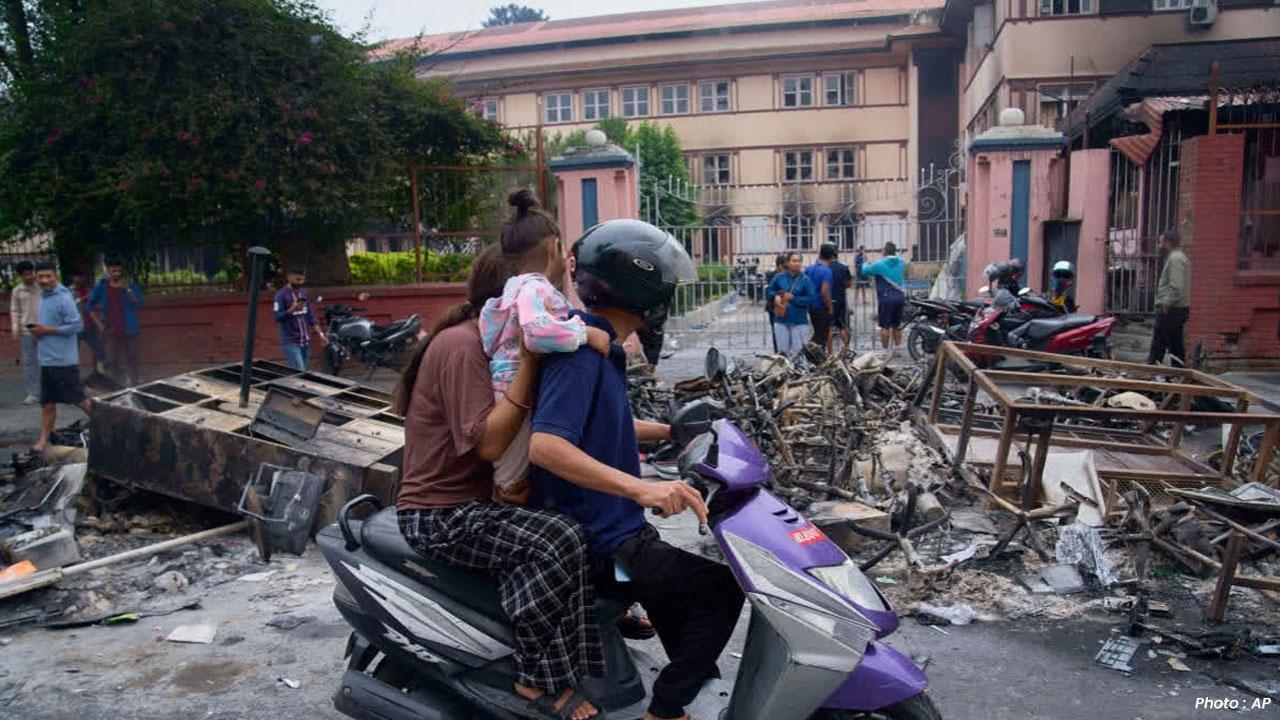
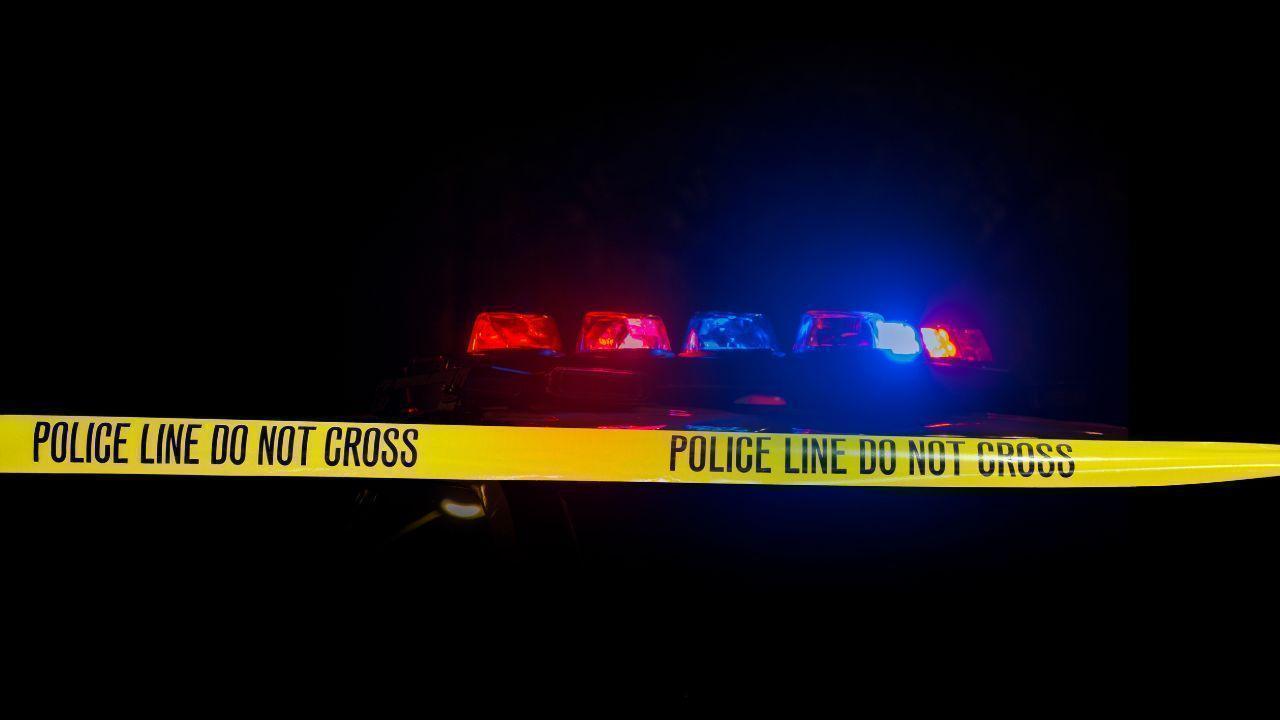

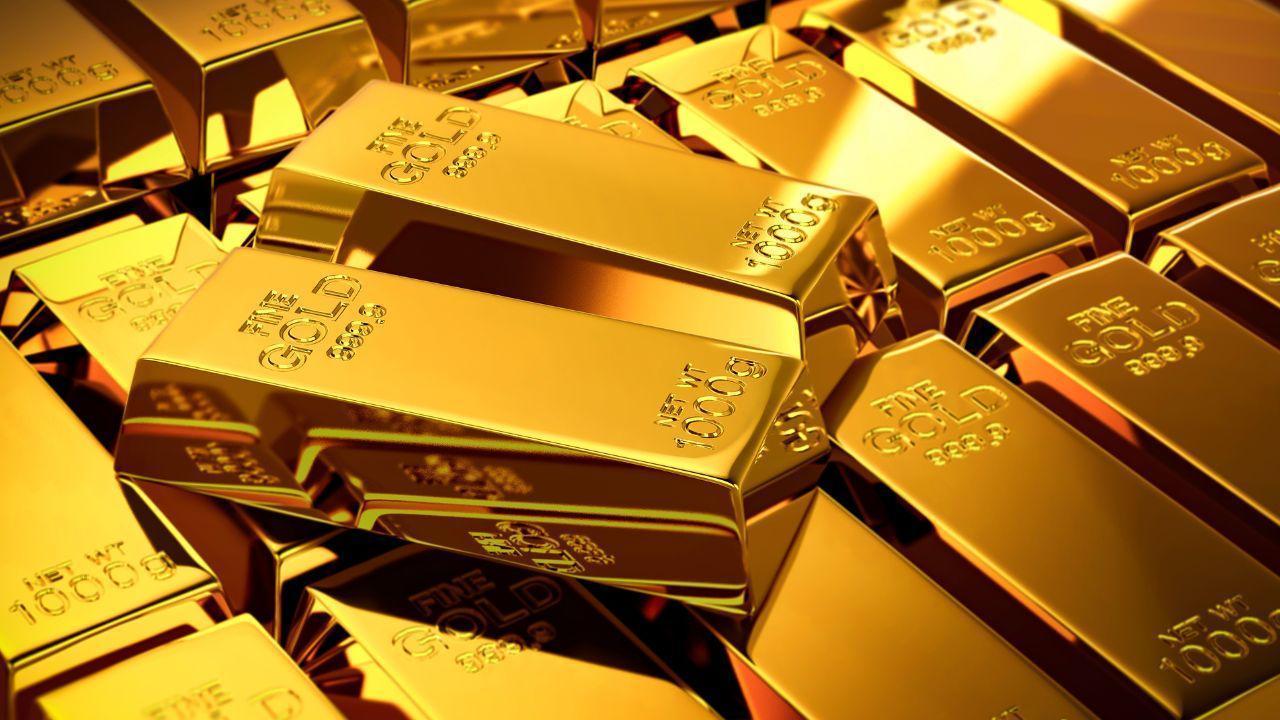



Apple AI Leader Robby Walker Quits Amid Delays in Siri
Apple AI chief Robby Walker is leaving after a decade, raising concerns as Siri upgrades face delays

Phil Salt’s Record 141 Powers England to Big T20 Win
Phil Salt hit 141 not out as England smashed 304 runs to crush South Africa by 146 in the 2nd T20 at
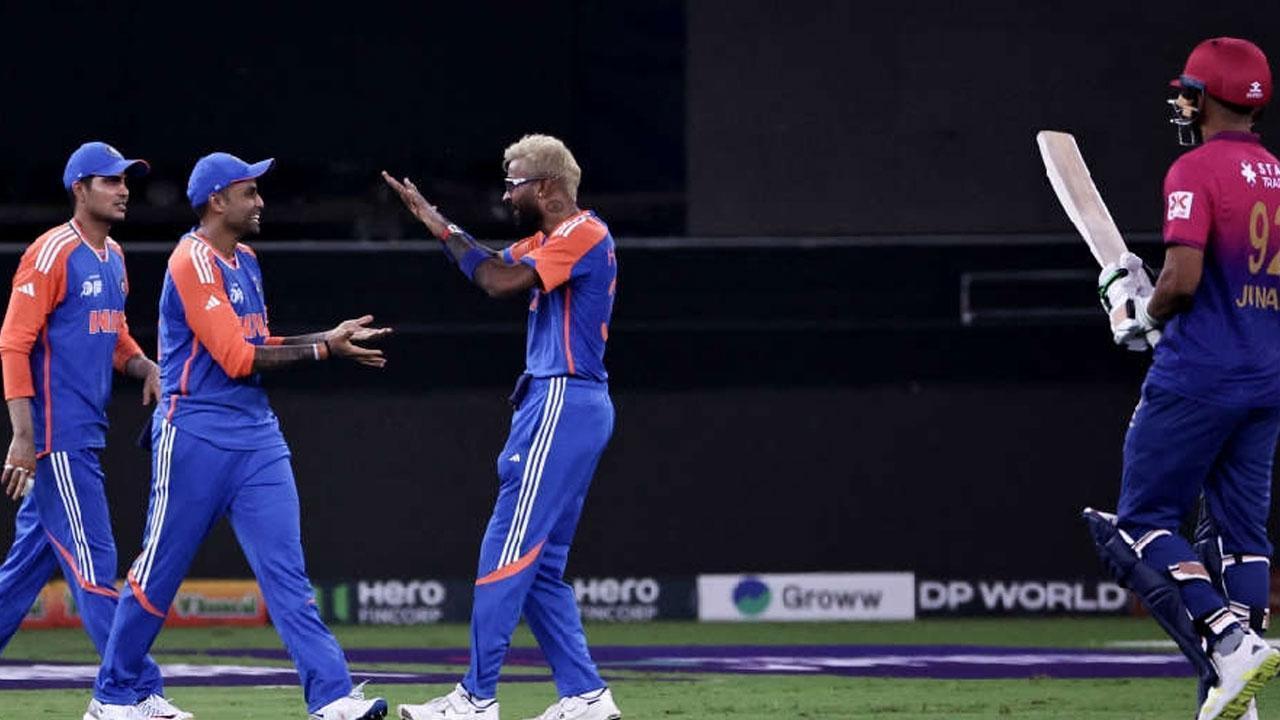
India Dominates UAE by 9 Wickets in Asia Cup 2025 Opener with Brilliant Bowling
India dominates UAE in Asia Cup 2025 opener, winning by 9 wickets with Kuldeep Yadav shining and a q

Karishma's Kids Get 1,900 Crore: Priya Kapoor Defends Sunjay Kapur Estate
Priya Kapur claims Karisma Kapoor’s children already received Rs 1,900 crore as court battle over Su
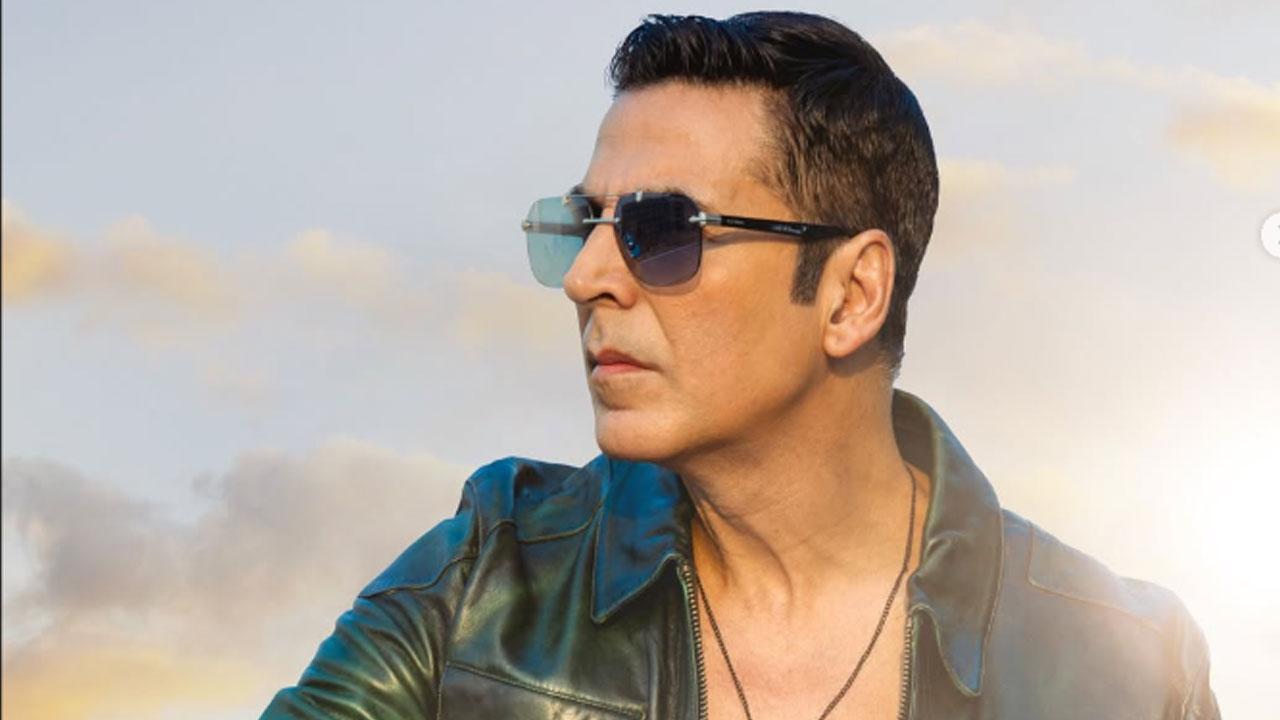
Akshay Kumar 58th Birthday Heartfelt Thanks to Fans and Colleagues
Bollywood star Akshay Kumar celebrates his 58th birthday with gratitude, thanking fans and colleague

Hina Khan Backs Ashnoor Kaur After Farhana Bhatt Bigg Boss 19 Remarks
Hina Khan supports Ashnoor Kaur after Farrhana Bhatt’s comment on Bigg Boss 19, sparking social medi